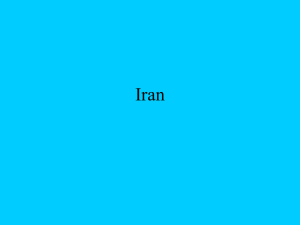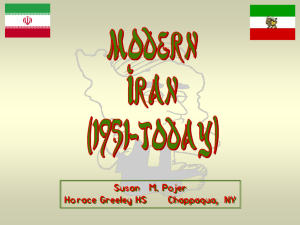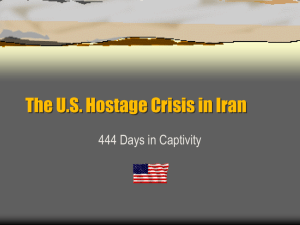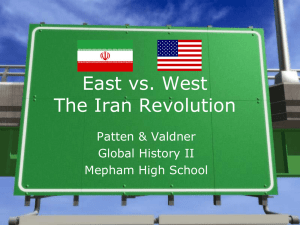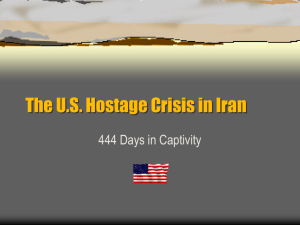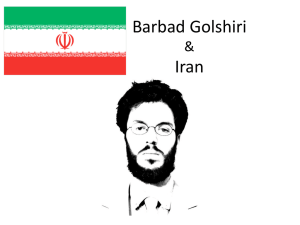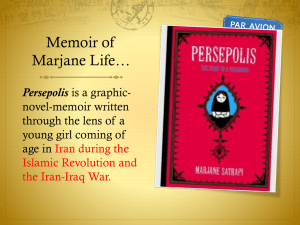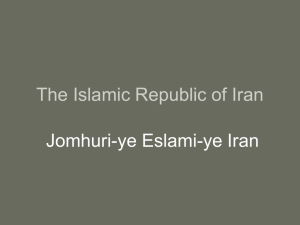Causes - Iran Hostage Crisis
advertisement
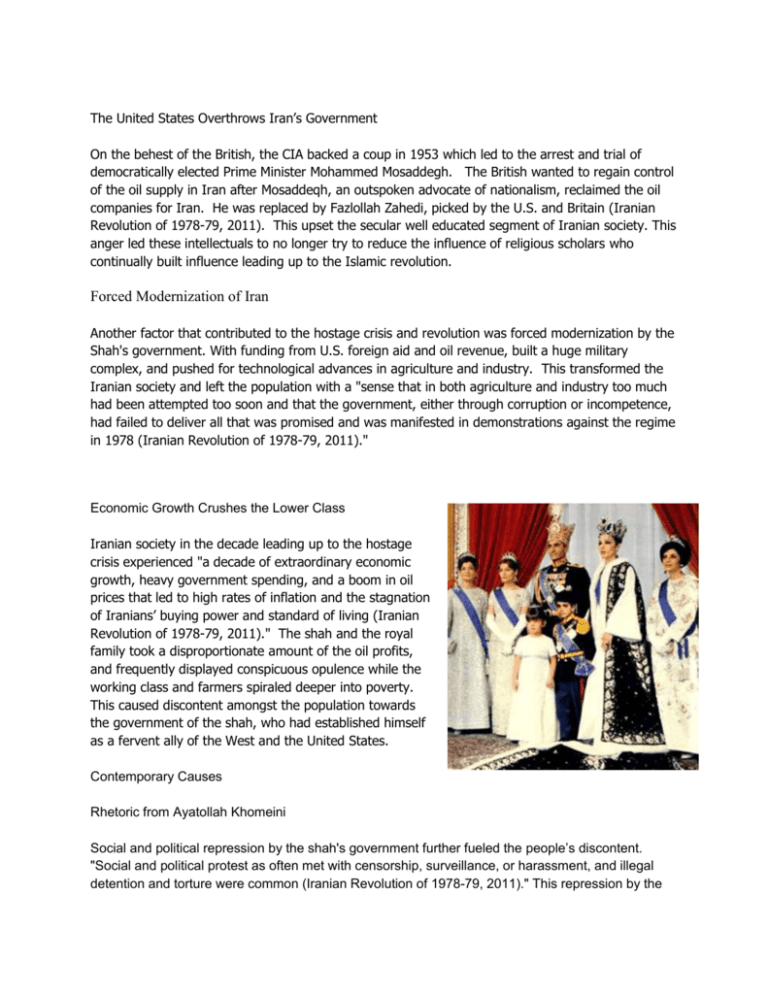
The United States Overthrows Iran’s Government On the behest of the British, the CIA backed a coup in 1953 which led to the arrest and trial of democratically elected Prime Minister Mohammed Mosaddegh. The British wanted to regain control of the oil supply in Iran after Mosaddeqh, an outspoken advocate of nationalism, reclaimed the oil companies for Iran. He was replaced by Fazlollah Zahedi, picked by the U.S. and Britain (Iranian Revolution of 1978-79, 2011). This upset the secular well educated segment of Iranian society. This anger led these intellectuals to no longer try to reduce the influence of religious scholars who continually built influence leading up to the Islamic revolution. Forced Modernization of Iran Another factor that contributed to the hostage crisis and revolution was forced modernization by the Shah's government. With funding from U.S. foreign aid and oil revenue, built a huge military complex, and pushed for technological advances in agriculture and industry. This transformed the Iranian society and left the population with a "sense that in both agriculture and industry too much had been attempted too soon and that the government, either through corruption or incompetence, had failed to deliver all that was promised and was manifested in demonstrations against the regime in 1978 (Iranian Revolution of 1978-79, 2011)." Economic Growth Crushes the Lower Class Iranian society in the decade leading up to the hostage crisis experienced "a decade of extraordinary economic growth, heavy government spending, and a boom in oil prices that led to high rates of inflation and the stagnation of Iranians’ buying power and standard of living (Iranian Revolution of 1978-79, 2011)." The shah and the royal family took a disproportionate amount of the oil profits, and frequently displayed conspicuous opulence while the working class and farmers spiraled deeper into poverty. This caused discontent amongst the population towards the government of the shah, who had established himself as a fervent ally of the West and the United States. Contemporary Causes Rhetoric from Ayatollah Khomeini Social and political repression by the shah's government further fueled the people’s discontent. "Social and political protest as often met with censorship, surveillance, or harassment, and illegal detention and torture were common (Iranian Revolution of 1978-79, 2011)." This repression by the shah's government only served to alienate his people and drive them towards the radical religious clerics like Ayatollah Khomeini, who despite in exile, "continued his outspoken denunciations, developing a strong religious and political following (Ayatollah Ruhollah Khomeini, 2011)" which would eventually overthrow the shah's government and start the Iran Hostage Crisis. Islamic Revolution Social unrest and disapproval of the shah’s regime came to a head in 1978, when protesters flooded the streets of nearly every major city in Iran and shut the country down. The shah fled in exile in January of 1979. Ayatollah Khomeini was allowed to return to Iran from exile and quickly assumed control of the interim government, leading them to create an Islamic republic with Khomeini himself as the Supreme Leader. U.S. Treatment of Deposed Shah Due to the close relation that the deposed Shah had with United States, this "had produced a deep suspicion among Iran's revolutionary leaders, from both the left and right of the political spectrum (Iran Hostage Crisis, 2011)." This suspicion grew to anger when the shah traveled to the United States for medical care because Iran wanted to bring the shah back to stand trial but the United States refused to extradite him. This anger was unleashed on the U.S. embassy when on "November 4 the embassy was attacked by a mob of perhaps 3,000, some of whom were armed and who, after a short siege, took 63 American men and women hostage(Iran Hostage Crisis, 2011)."

